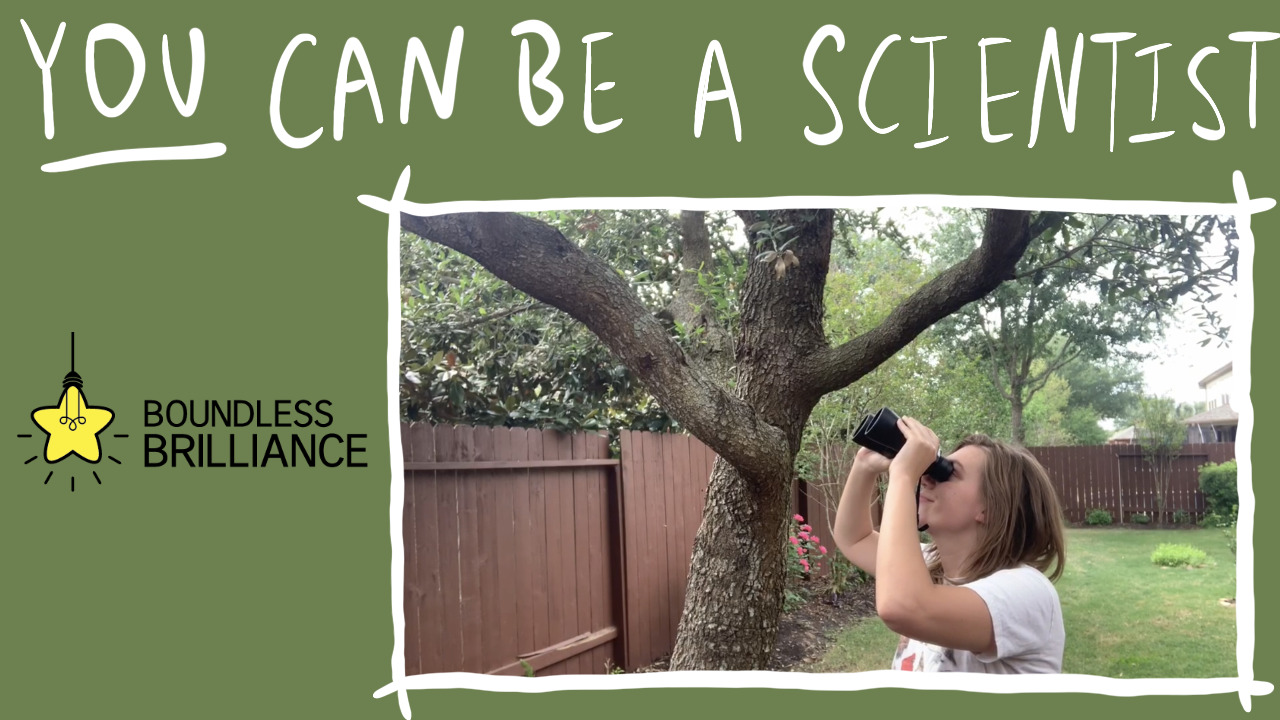Are you a big fan of science? Do you love experiments, observing nature, and learning about the world around you? Citizen science projects are a fun way to engage in actual scientific research!
What Is Citizen Science?
One of the challenges scientists face is finding enough funding for their research. Additionally, science requires a lot of data and sometimes collecting “enough” data can be difficult and time-consuming. One tool for overcoming this problem is citizen science! Citizen science allows the public to contribute to scientific research by helping gather data. This allows for more data to be collected, and also helps the public learn more about the research topic. Citizen science projects can cover many different types of science, such as zoology, astronomy, and meteorology.
History of Citizen Science
Citizen science has been around for hundreds of years. In ancient China, residents helped track outbreaks of migratory locusts that frequently destroyed crops. Another classic example of citizen science that has been around since 1900 is the Christmas Bird Count, conducted by the National Audubon Society. Across the United States and Canada, many volunteer groups collect data about local bird populations. This data is helpful for tracking patterns over time and can assist in conservation efforts.
Technology
In the last few decades, citizen science projects have increased due to technological advances. The internet and smartphones have made it easier for people to contribute information to scientific research. Phones with GPS tracking and cameras make it easy to capture and share information about different species or situations.
Ways You Can Get Involved!
iNaturalist is an app that anyone can use to submit photos of species they observe in nature. The app will record the species you observed as well as where and when you saw it. If you aren’t sure what the species you observed is, no problem! iNaturalist has tools to help you make a prediction and will provide a list of suggested species based on the picture you uploaded. Then, your photo will be released to the community for other users to “crowdsource” or verify what the correct species is. Scientists can then use your observations for their research! Hundreds of scientific publications have used iNaturalist data. By using iNaturalist, you can both contribute to scientific research and learn more about the species around you. Another great way to get involved is through volunteering with organizations such as your local Audubon Society. You can also find more citizen science projects near you from websites such as citizenscience.gov and scistarter.org.
Learn More About Citizen Science:
Looking for more fun at-home STEM activities for your young scientist? Check out our workbook full of exciting science experiments and empowering activities!



